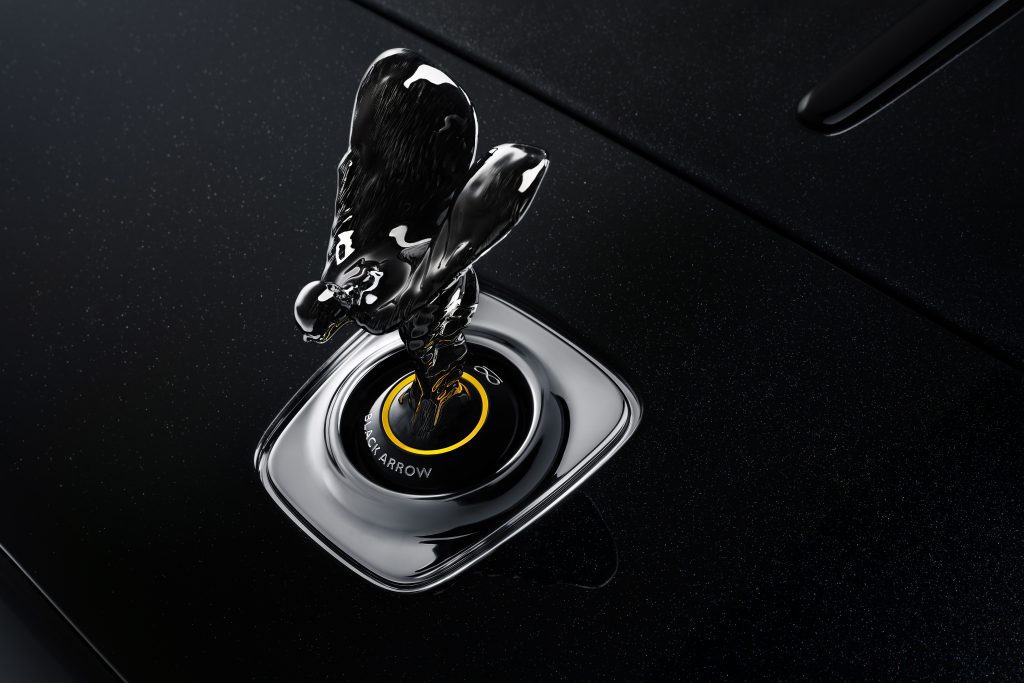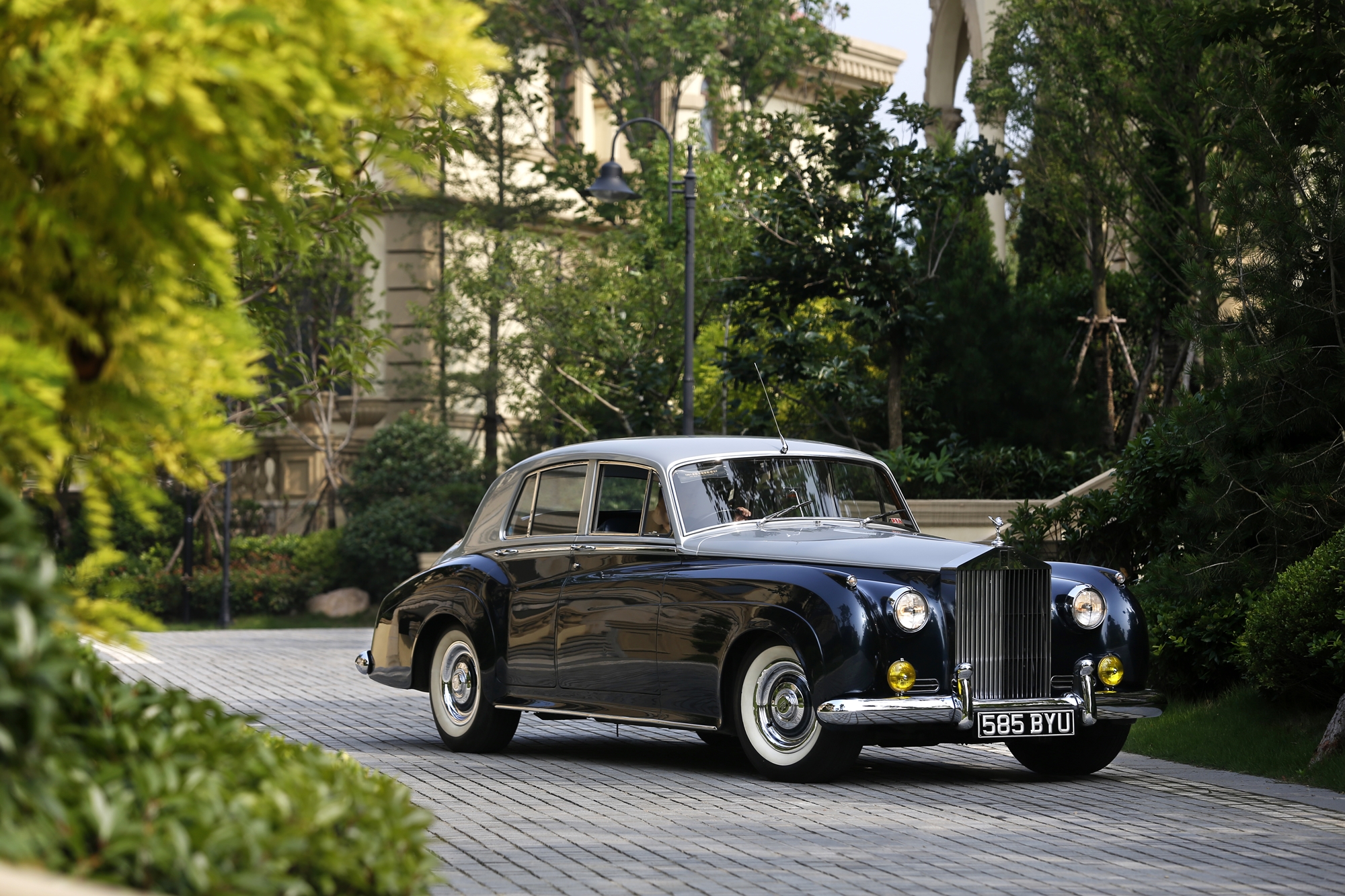Rolls-Royce is now assembling the final dozen Wraiths, which also happen to be the last V12 coupés the BMW-owned brand will ever produce. The Wraith’s successor will be the Spectre, the company’s first all-electric car that ushers in a new era of sumptuous silence for Rolls-Royce.
The Wraith, however, is not going quietly. The last 12 cars will be in Black Arrow specials, inspired by the Rolls-Royce Thunderbolt which set a world land speed record of 357.5mph in 1938. Powered by a pair of V12 R Series aero engines the eight-wheeled Thunderbolt was piloted by Captain George Eyston and flew across the Bonneville Salt Flats, in Utah. To this day it remains the fasted V12-powered car ever built.


Look at the car and you’ll understand why it was nicknamed ‘landshark’. Meanwhile, Thunderbolt’s polished aluminium bodywork made it hard for official observers to spot exactly when it blasted past the timing equipment so Eyston painted a large black arrow with a central yellow circle down each side, and that stroke of genius is what has inspired the design of the run-out Wraiths.
The paintwork on the Wraith Black Arrow has been rather more painstakingly-applied, however. In fact it’s claimed to be one of the most complex paint jobs ever to come out of the Goodwood factory, with a full-colour graduation between Celebration Silver and Black Diamond and an additional Crystal layer over the black to enhance the transition. Rolls-Royce reckons this creates a motion blue effect even when the car is stationary, while also symbolising the texture of the historic salt flats. It took 18 months to develop the paint and application techniques. Yellow bumper inserts, wheel pinstripes, the V-struts behind the grille and the base of the Spirit of Ecstasy pay homage to the Thunderbolt.


Moving inside the coach doors and ‘waterfall’ panel between the rear seats are lined with open-pore black wood, with more than 320 individual laser-cut marquetry panels that have been designed to resemble the cracked surface of the salt flats. There’s an illuminated polished aluminium Speedform representing the Thunderbolt on the centre console and a new deep black Club Leather adorns much of the cabin, although the front seats stand out boldly in yellow. A dark mark on the steering wheel indicates the dead-ahead position and is also echoed in the seat design to evoke the black lines Eyston’s crew painted in the salt to help him hold his course at over 300mph. The clock is a unique piece that references the functional interior of the Thunderbolt and, as a finishing flourish, the car’s Starlight Headliner displays 2,1117 fibre-optic stars in the exact formation of the Milky Way as it would have been seen from Bonneville on September 16, 1938.
Mechanically the Black Arrow cars don’t appear to be any different, which means that their 6.6-litre V12 engines produce 624 horsepower and are good for 0-62mph in 4.5 seconds. Top speed will likely remain limited to 155 mph so the 12 collectors who have already been allocated cars won’t be setting any land speed records.





“As the last examples of this landmark motor car get ready to leave Goodwood, we commemorate Wraith’s status as the last series V12 coupé we will ever make,” says Torsten Müller-Ötvös, Chief Executive Officer, Rolls-Royce Motor Cars. “Both Black Badge Wraith Black Arrow and its inspiration, the V12-powered land speed record-holding Thunderbolt of the Thirties, represent the culmination of many long years of achievement, and the end of their respective eras.”
Unfortunately, the Thunderbolt land-speed record car met its end in far from fitting circumstances. In 1939, the car was shipped out to New Zealand, where it was displayed in the British Pavilion at the New Zealand Centennial Exhibition, in Wellington. The outbreak of war led to it being placed in storage, and in 1946 a fire at the warehouse saw the building and its contents – including Thunderbolt – burn to the ground. Years later, the remains of the chassis are believed to have been dumped in landfill, to make way for the development of Wellington’s new airport.
Via Hagerty US
Read more
Rolls-Royce Camargue video: “You feel privileged driving it”
The Speed 12 was TVR turned up to 11
Land-speed record breaker Richard Noble on why no risk means no gain









